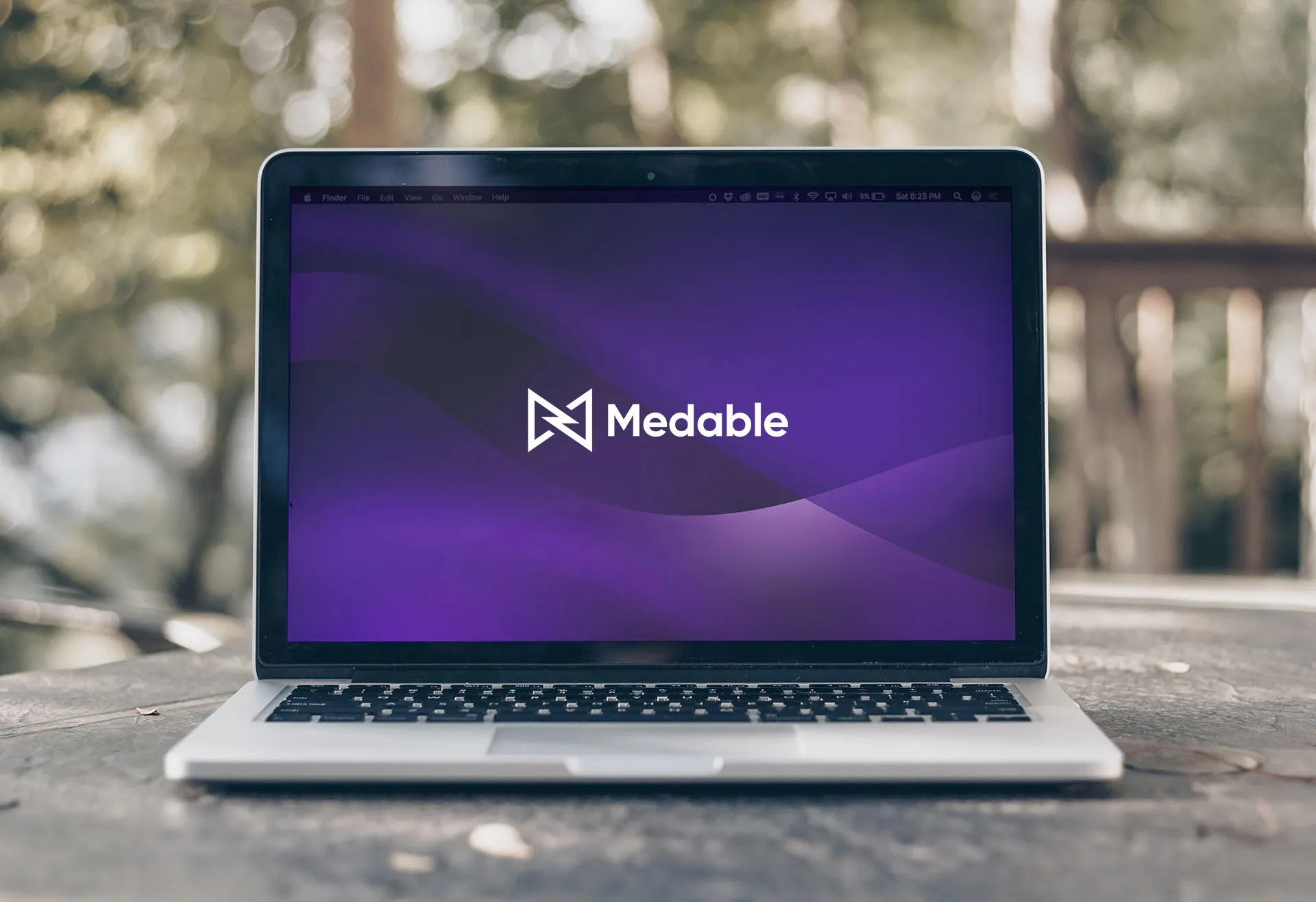COAs (called eCOAs when captured electronically) are essential to understanding whether a drug is reducing symptoms, improving patients’ quality of life, and improving patients’ ability to perform activities they care about. There are several types of COAs, including:
- Patient-reported outcomes (PROs or ePROs), which are based on a report directly from the patient about the status of their own health condition, without interpretation from a clinician or anyone else.
- Symptoms or other concepts that are unobservable, known only to the patient, and can only be measured with PROs. For example, pain severity or headache intensity.
- Clinician-reported outcomes (ClinROs, eClinROs), based on a report from a trained healthcare professional after observation of a patient’s health condition.
- Observer-reported outcomes (ObsROs, eObsROs), based on the report of observable signs, events, or behaviors related to a patient’s health condition by someone other than the patient or a healthcare professional. ObsROs are most commonly reported by a parent, caregiver, or other non-healthcare professional who observes the patient in daily life. Importantly, these assessments do not include medical judgment or interpretation.
- Performance outcomes (PerfOs, ePerfOs), based on patient performance of standardized tasks, e.g. word recall or timed walking tests. These can be administered and evaluated by an appropriately trained individual or completed independently.
COAs enable a well-rounded understanding of how a drug is working, its side effects, its impact on patients’ lives, and more. Perhaps most notably, PROs/ePROs allow for the patient’s voice to be heard. Capturing the patient’s voice is particularly important because the clinician may not always see or express the patient’s experience in the same way.
“It turns out that what is really bothering the patient and what is really bothering the doctor can be radically different things … patients are true experts in their disease,” says Dr. Janet Woodcock, Director for the Center for Drug Evaluation and Research.
She adds: “It's clear you have to start with an understanding of the impact of the disease on the people who have it, and what they value most in terms of alleviation, before you set up a measurement and go forward with truly patient-focused drug development.“
Benefits of Electronic COAs/PROs
With advances to technological capabilities and the prevalence of personal electronic devices among the general public, electronic capture of clinical outcome assessments, including patient-reported outcomes, is preferred by study participants and recommended by regulatory agencies like the Food & Drug Administration (FDA).
The well-documented benefits of using digital solutions to collect eCOA data, including ePROs, include:
Data integrity. eCOA can help ensure data collection follows the fundamental principles of data integrity as defined by FDA: attributable, legible, contemporaneous, original and accurate, or ALCOA.
Data quality. With electronic data capture, researchers see enhanced data quality and accuracy, benefiting from real-time data flow and from automation–for example, automatic calculations, branching to appropriate subsequent items, reducing missing data, and avoiding transcription of data-entry errors.
Patient-centricity. Patients can use familiar (or even their own) devices to answer surveys or participate in televisits from the comfort of their own homes. Plus, data may be automatically collected and transmitted via digital health devices. With this patient-centered approach comes a reduction in travel, meaning researchers can gain access to a more diverse patient population and studies see higher rates of compliance.
Better protocol compliance. On-device reminders or alerts, timestamped data entries, and programmed eCOA workflow help ensure assessments are completed in the order and/or during the times specified in the protocol.
Reduced patient and site burden. Study participants and site staff input their responses directly into the eCOA system, reducing data entry time and the need to keep assessment forms and paper diaries as source documents. .
Simpler regulatory submissions. With cleaner, higher-quality data, sponsors can experience a greater increase in the ease of submissions, which contributes to the continuing regulatory agency guidance for these digital tools.
Remote data collection. The COVID-19 pandemic highlighted the need to include remote and digital solutions as part of the clinical trial process. As decentralized clinical trials (DCTs) become more common, the industry has recognized patient data can be collected via televisit and/or mobile app where appropriate, rather than always requiring on-site study visits. Reducing travel can reduce potential patient burden. In addition, remote data collection enables more frequent collection of data outside the clinical setting, enabling greater insight into the impact of the drug on the patient’s everyday life.
Better patient experience: eCOA connects users with large libraries of support materials, empowering them with up-to-date information on how to schedule a visit, how to use their devices, and with answers to frequently asked questions. The ability to access this wealth of information from their telephone or tablet, and in easy-to-view mediums such as videos, are also ideal.
Configurable reporting options. Having a robust reporting tool to connect with your eCOA system is a key advantage to DCTs. Electronic data capture solutions can help create an automatic series of questions with conditional responses. They may also reduce the complexity of possible responses, an ability not easily obtained through paper surveys. And once created, eCOAs can be configured and deployed in numerous formats–providing further operational efficiencies.
Collaborative data creation and review. Electronic data capture solutions enable cross-functional groups to create, review, and approve data simultaneously. By deploying an ePRO solution participants can easily review and complete forms, providing a high level of patient adherence and engagement.
What to Consider When Implementing an eCOA Solution
When you’re ready to explore an eCOA solution, it’s important to take into account the specific demands of the trial protocol and the patient and site staff experience, as well as regulatory requirements. Here are some things to consider:
Design your eCOA solution to fit your protocol needs. As you consider the appropriate eCOA solution for your clinical trial, be sure to consider what data you need to collect, how that data will be collected, and the age and characteristics of your study participants (for example, their physical/cognitive abilities).
Consider where data collection will take place. Regardless of modality, remote eCOAs need to provide valid, reliable, and meaningful endpoints equivalent to on-site eCOAs.
Remember:
- eClinROs can be measured over a televisit or at site
- ePROs and eObsROs can be measured on a mobile app or web application, at site or remotely
Think about your device strategy: provisioned or bring-your-own -device (BYOD). A BYOD model allows participants to use their own smartphone or other device for data capture. When using a device with which they are already familiar, participants may be more likely to be compliant while not being burdened with multiple devices — ultimately leading to a better clinical trial experience. However, since some participants may be hesitant to download an app on their own device, or may not own a device that meets the requirements, it’s important to anticipate a percentage of provisioned devices, even in trials adopting a BYOD strategy.
Understand the regulatory requirements. The eCOA solution should align with the regulatory guidelines put forth by the U.S. Food & Drug Administration (FDA) and the European Medicines Agency (EMA) to ensure the reliability, quality, integrity, and traceability of electronic data. Other regulatory agencies may have additional guidance specific to the indication.
Align eCOA solution design with study timelines. When considering timelines concerns for eCOA development, the design of your eCOA solution should enable sufficient lead time and alignment with vendor project schedules. Launching a project too soon may provide a platform that is obsolete at the start of a study, while deploying a solution too late may delay the ability of some subjects to participate: creating operational inefficiencies.
Ensure training and support for sites and subjects. Successful eCOA systems include the right amount of quality training for sites and subjects, provide avenues for additional retraining to combat potential issues that may emerge, and offer a comprehensive help desk to provide critical support to participants.
Conclusion
As telehealth solutions and mobile health devices help empower decentralized clinical trials, study sponsors look for ways to further improve the patient and site experience while delivering high-quality data. By deploying ePRO/eCOA solutions that allow the collection of patient-reported outcomes, clinician-reported outcomes, and other COAs both remotely and on-site, researchers can ascertain key quality-of-life data for labeling purposes and efficacy and safety testing.
As you seek an ePRO/eCOA solution that’s flexible, compliant, and modular, Medable is an ePRO/eCOA partner that can deliver.










.webp)
